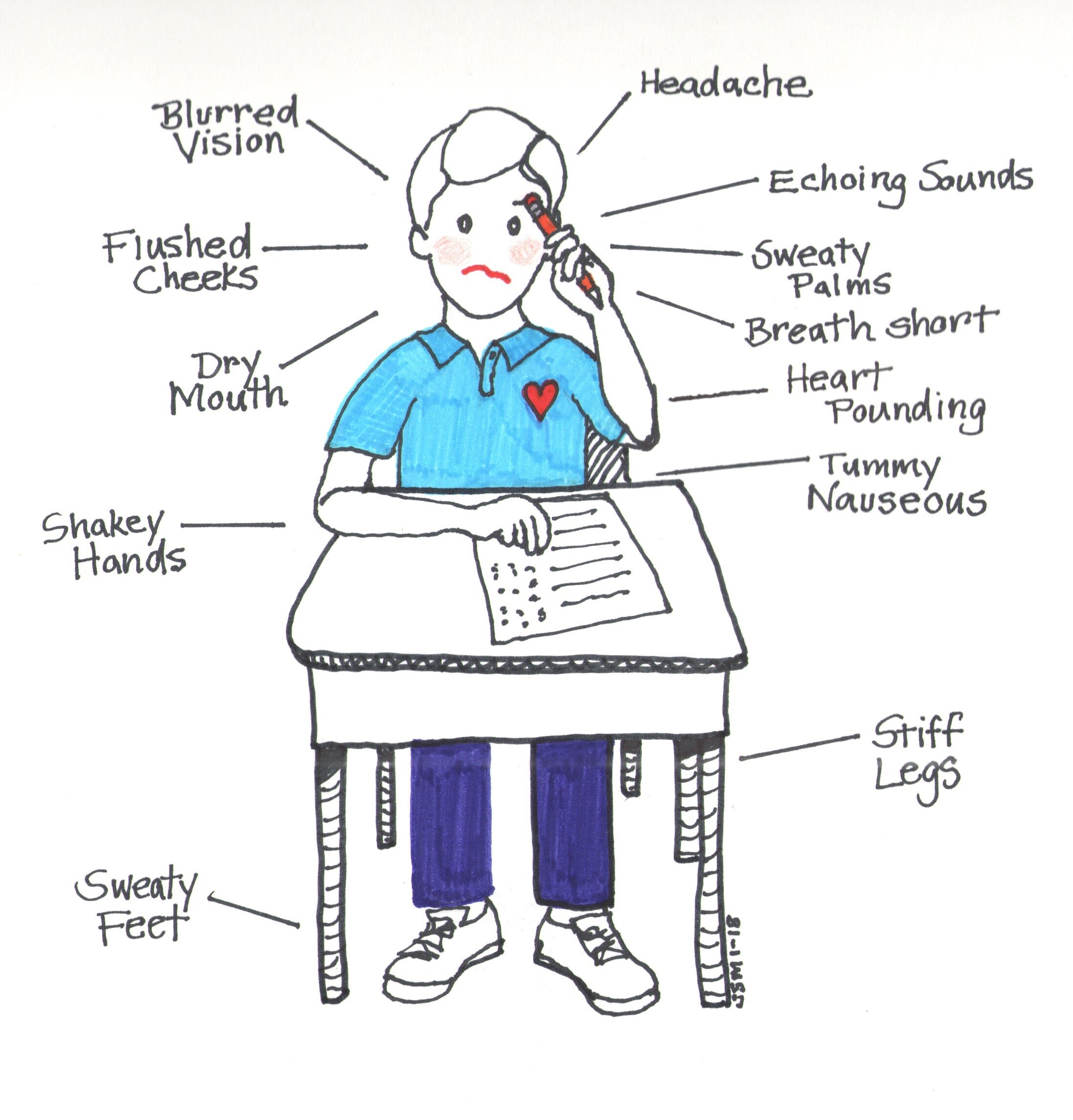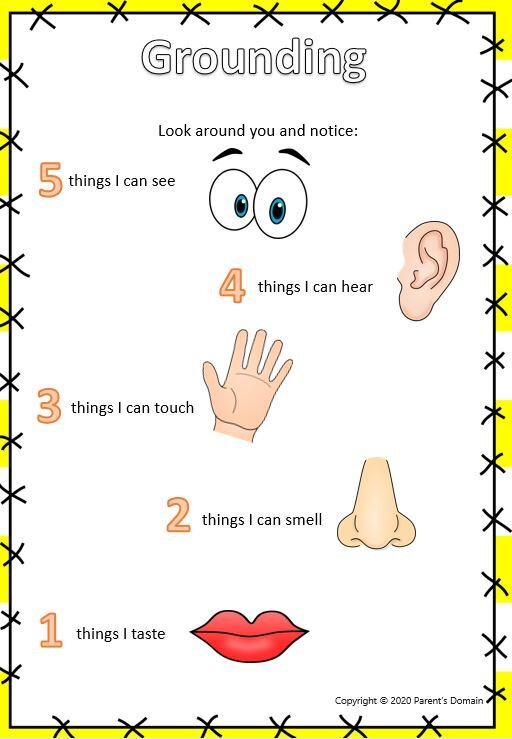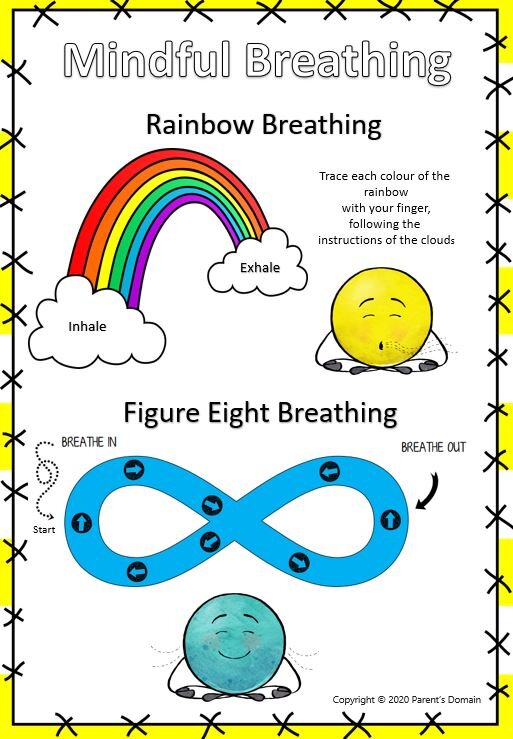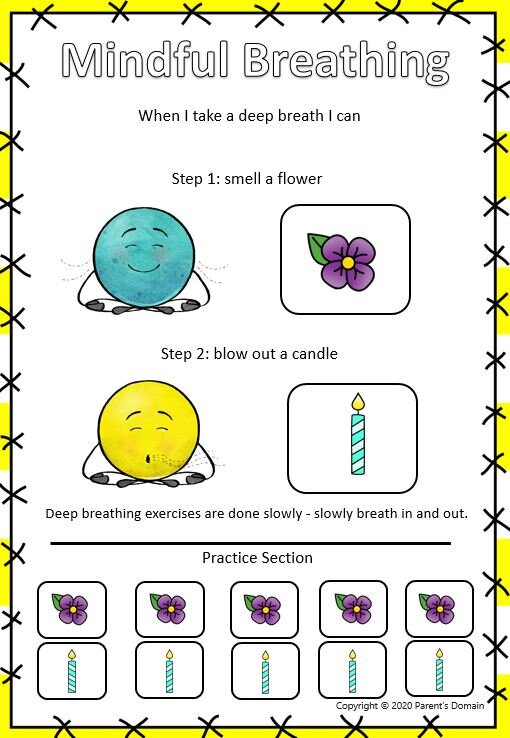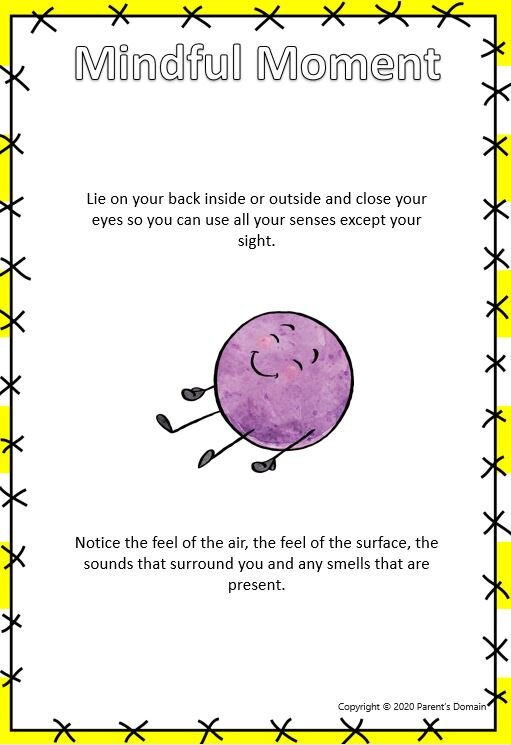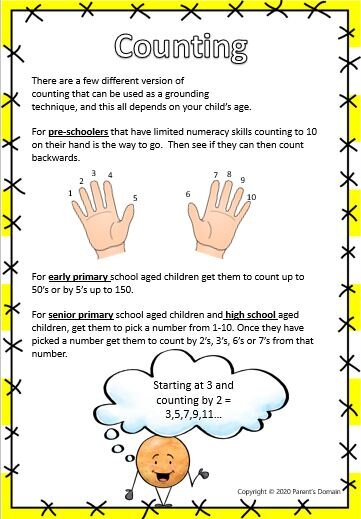The transition from primary school to high school is a big milestone for both children and parents. Your child is about to enter a new environment with new challenges, social dynamics, and academic expectations. While it's an exciting time, it can also bring up a lot of anxiety for your teen. As a parent, your support and guidance can make all the difference in helping them navigate this change with confidence.
Here’s a guide to understanding the fears that many teens have when starting high school and how you can help them not only overcome these fears but also thrive in their new school environment.
So grab yourself a cup of tea or coffee and lets chat about this wonderful transition.
My reflections…..
I clearly remember my daughters (Miss S) first day of high school… gosh I felt like my heart was going to beat out of my chest, I was going to burst into tears, my hands were filled with nervous energy, but I had to keep it all together… cos you know having your mum cry at school was not “cool”. Starting high school was also about being on a journey together with your child navigating what we could do… I mean was it still ok to give Miss S a big hug and call out “I Love You.” As we awkwardly said goodbye with tears that filled eyes I gently whispered “you got this” and off she went….
1. Identifying Common Fears About Starting High School
The first step in helping your teen is understanding the fears and anxieties that may be running through their mind. Some of the most common concerns include:
• Fear of the Unknown: High school is a big place, and for many teens, it can feel overwhelming. The idea of navigating large hallways, finding classrooms, and adjusting to a different daily routine can be anxiety-inducing.
• Social Anxiety: Making new friends and fitting in can be a major source of stress. Your teen may worry about being judged, finding a group they feel comfortable with, or even facing peer pressure.
• Academic Pressure: High school often comes with increased academic expectations. Teens may fear falling behind, not living up to their own or others’ expectations, or struggling with more complex subjects and homework.
• Fear of Being Late: Now that your teen is in high school they may be catching the bus or train to school. This added level of independence although is exciting can also make them feel nervous especially as this might be a new way of getting to and from school.
Handy Tip – Make a Worry List and an Amazing List Activity
Reflect on the Worry List and consider the things that are in our control vs out of our control. Not all things on the Worry List can be planned for but have a go at look at alternative solutions for their worries… “what can I prepare for?” Also consider what your child already know about high school to help combat some of these worries.
On the Amazing List jot down all the things that you are looking forward to. The week before school starts pull out the Amazing List and have this visible in your child’s room and go through it together.
2. How to Help Your Teen Make Friends and Build Connections
One of the biggest adjustments in high school is finding and building new friendships. Let’s think about making friends just like riding a bike. Remember that learning to ride a bike just didn’t happen; it took some practice. So even if your teen didn’t make a friend on the first day or join a friendship group in the first week… that’s ok.
Here are some ways you can help your teen make meaningful connections:
• Encourage Participation in Activities: High school offers a wealth of clubs, sports teams, and extracurricular activities. Encourage your teen to explore their interests and try out a few different groups. Whether it’s drama, music, a science club, or a sports team, these activities are great places to meet people with similar interests.
• Support Positive Social Skills: Socialising in high school can feel challenging, but practicing basic social skills can make a big difference. Help your teen feel confident by encouraging them to approach others with a smile, ask questions, and listen actively in conversations. You might even practice conversation starters to help them spark up a conversations when they are sitting next to some in class or in their homeroom.
• Talk About Peer Pressure and Friendships: Not all friendships are healthy, so it’s important to help your teen recognise what a positive friendship looks like. Encourage them to seek out people who respect them, share common values, and make them feel good about themselves.
• After School Activities: For some teens after school activities can be basketball, football, art classes, dance and drama etc. Being a part of an after-school activity that ignites their interests not only helps to promote a positive sense of self and connection to a friendship group that is outside of school and build confidence. It also helps build confidence with conversations at school.
Helpful Reminder - Just a reminder that letting our child know that friends don’t necessarily have to be who you spend recess and lunchtime with. Friends can be in your homeroom, the club that you join or even the person that you catch the bus with.
Handy Tips - Being Brave Activity
The transition to high school can require us to put on our own superhero cape and be brave. When we feel nervous we tend to go inside ourself and turn down our volume. To help our teen practice being brave we can send them to the supermarket to purchase some grocery items. The small trip to the supermarket, fruit shop, cafe etc. is filled with lots of learning opportunities for our teen – asking for help to find items, ordering, greeting and practicing conversations with the cashier and so much more…
Handy Tips – Social Media and Friends
Drama often begins and escalates online and with social media. Be mindful of the amount of time your teen is online and on their phone (devices). Most drama occurs outside of school on social media. Teaching our teens about social media and what can happen when they send messages – being kind, is what I am texting and reading true, don’t join the chaos and does this feel ok?
3. What to Do if Your Teen Needs Help
Despite their best efforts, your teen may struggle at some point, whether it’s with academics, social issues, or personal challenges. Tune into their behaviour and how they are communicating, it can let us know what they are battling in their internal world.
Reminder – letting your teen know to expect to ask of help at school in those early days as they try to navigate getting from one class to the next, reading their timetable etc. It’s ok to ask for help and that there are other students and teachers who are willing to help them. At primary school they were often accompanied by a teacher from their classroom to specialist subjects or they often went with a partner to the office or to the toilet.
• Encourage Open Communication: Let your teen know that it’s okay to come to you if they’re struggling. Be approachable, and try to keep the conversation open and non-judgmental. Sometimes, just listening can provide them with the reassurance they need to face their challenges.
• Speak to a Teacher or School Counsellor: If academic struggles or social challenges persist, it may be helpful to speak with a teacher or school counsellor. They can provide guidance, recommend additional resources, and help your teen build a support system within the school.
• Have a Plan For When The Feelings Get Too Big: Those first few days and weeks can be overwhelming for our teens as they embark on this new journey. Create a plan with your child and involve the school in this plan. Your child’s homeroom teacher or year level coordinator can be really helpful. Identifying places that they can go within the school – library, break out room, sensory room. Who are some staff members that your teen can ask for if they approach the office. What strategies can be put in place if your teen needs a break during class.
• Its an EMERGENCY: Does your teen know what to do in an emergency, calling 000 or what to do if you don’t pick up the phone. Kids Helpline is a helpful phone number to have stored in your teens phone - 1800 55 1800. Brainstorm with your teen what is an emergency. Having this discussion plants the seed.
4. Practice Routines and Support Downtime After School
A smooth transition to high school involves establishing routines that help your teen balance academics, social life, and personal well-being. Your teen might feel exhausted after school especially in those early days and weeks.
Here are some ways to support your teen’s overall wellbeing:
• Practice Daily Routines: Before school starts, help your teen establish a morning and evening routine. This includes things like laying out clothes the night before, setting a consistent wake-up time, and having a set time to start homework. Having structure in their day can help reduce stress.
It is also really important to practice new routines, if your teen is catching the bus or riding their bike to school have a few test runs and practice catching the bus. Plan and practice “what if” scenarios for example; what if the bus is late, I miss my stop, I get a flat tyre on my bike.
• Encourage Downtime After School: High school can be intense and your teen will need time to unwind. Encourage activities like reading, listening to music, or spending time with family after school to relax and recharge. Make sure they have a healthy balance between schoolwork and relaxation.
• Support Healthy Sleep Habits: Teens need at least 8-9 hours of sleep each night to stay healthy and focused. Encourage your teen to stick to a regular sleep schedule and avoid using electronics too late in the evening.
________________________________________
Starting high school can be a mix of excitement and nervousness for your teen, but with your support, they can successfully navigate the challenges ahead. By acknowledging their fears, helping them make friends, staying organized, knowing when to ask for help, and encouraging healthy routines, you’ll set them up for success in their new chapter.
Above all, remind them that it’s okay to feel anxious and that it’s a normal part of growing up. With time, patience and encouragement, they’ll find their stride and make the most of their high school experience!
I hope you have found this helpful!
















